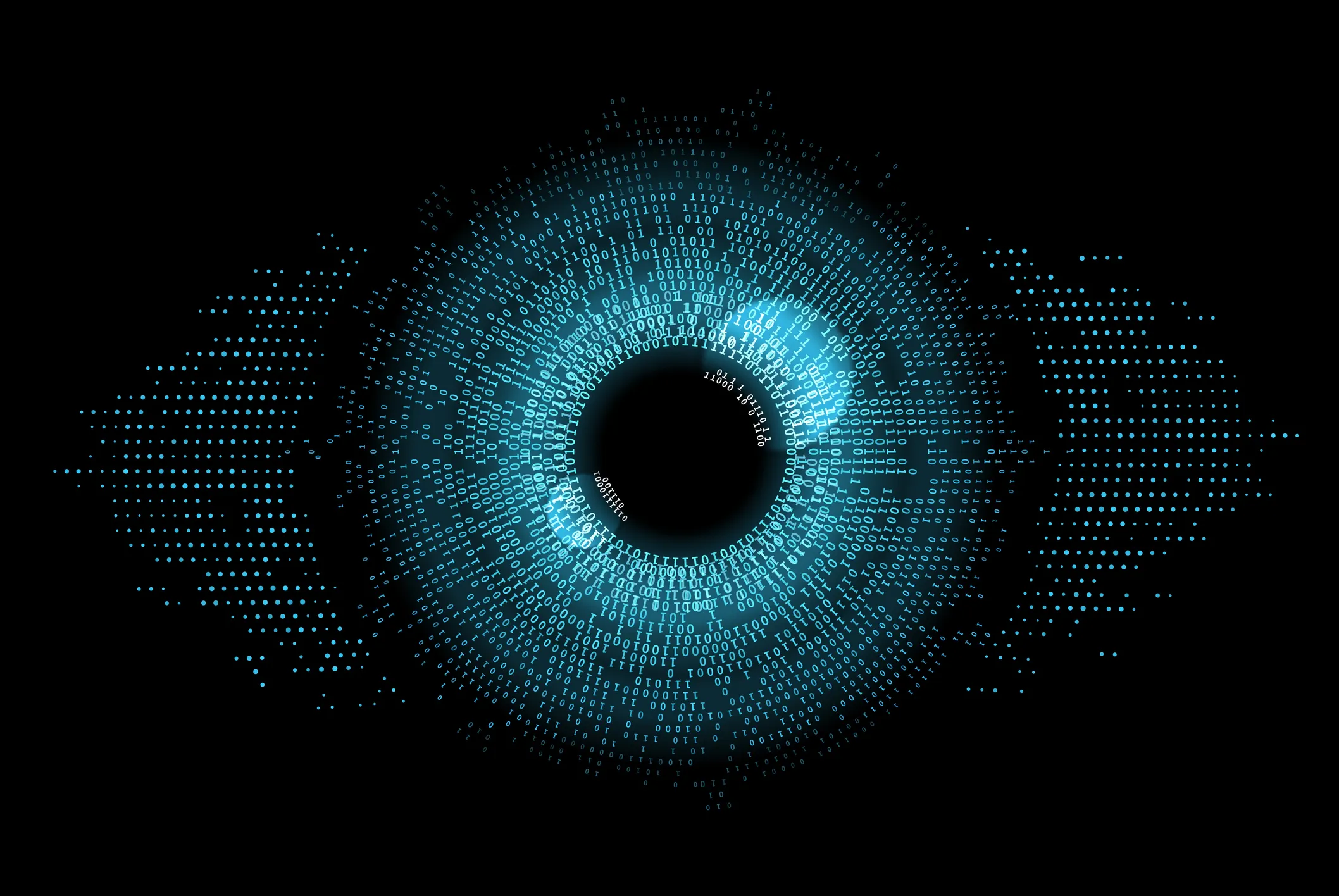Revolutionary Brain Implants: Neuralink's Blindsight and the Future of Vision Restoration

Neuralink's Vision Restoration Technology
The innovative Neuralink Blindsight aims to restore vision through advanced brain implant technology.
Challenges in Vision Replication
Despite this technological advancement, human vision presents unique challenges:
- Pixel Representation Limits: The technology struggles to accurately reproduce the nuances of human sight.
- Complex Visual Processing: The brain's interpretation of visual information is intricate and difficult to replicate.
Conclusion
The journey to effective vision restoration through neurotechnology is ongoing. Overcoming these challenges is crucial to unlock the full potential of brain implants and improve the quality of life for those with vision impairment.
This article was prepared using information from open sources in accordance with the principles of Ethical Policy. The editorial team is not responsible for absolute accuracy, as it relies on data from the sources referenced.